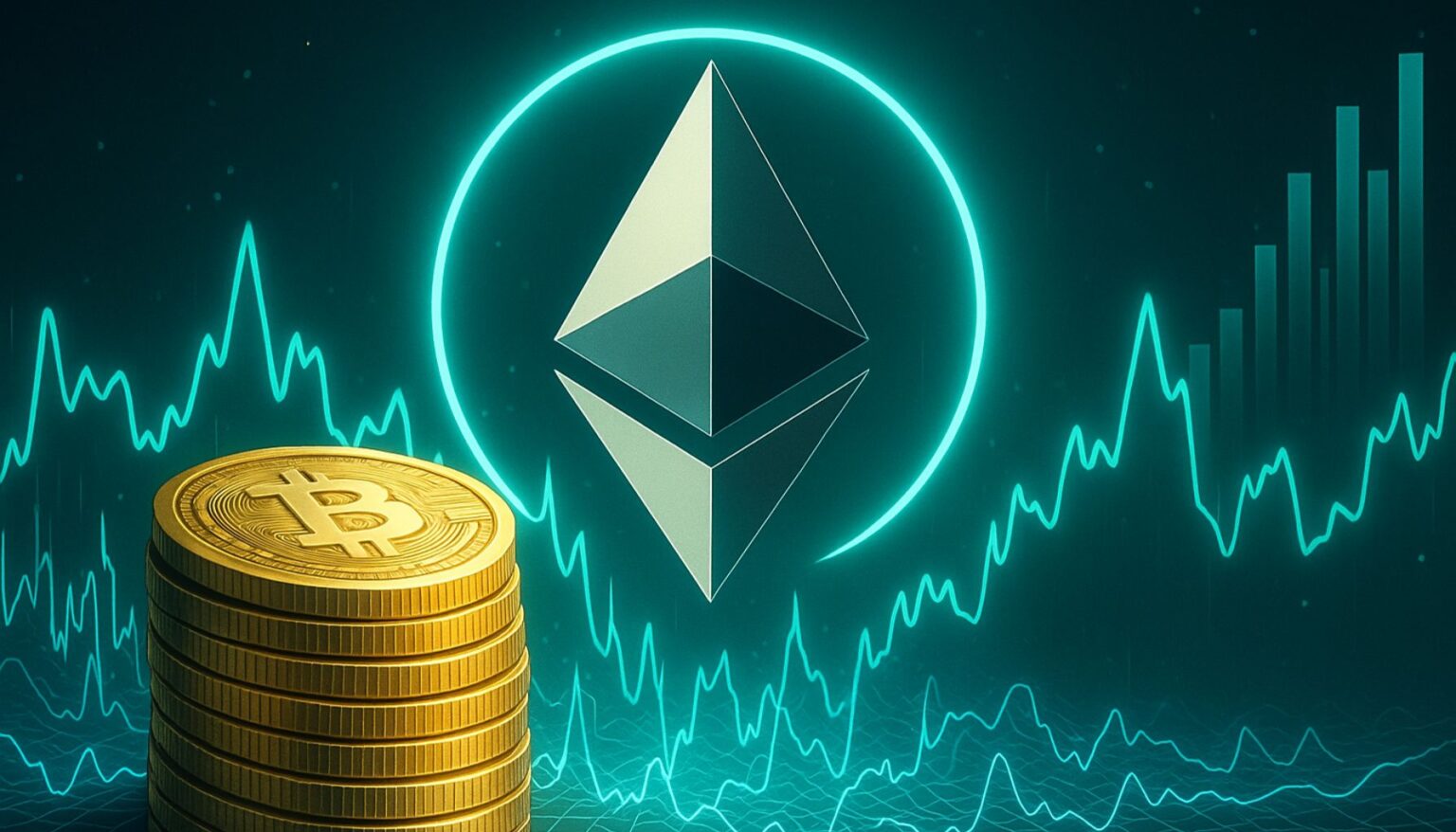Ethereum is increasingly capturing the attention of institutional investors, who are decisively influencing its market trajectory. Despite recent fluctuations, Ethereum’s prominence is unrivaled, driven by significant capital inflows. A recent onchain report from Arkham Intelligence has spotlighted an extraordinary market activity: a massive whale acquisition of $2.5 billion worth of Ethereum, followed by an immediate staking of the entire purchase. This strategic move underscores Ethereum’s growing dominance in the DeFi sector and its appeal to institutional players. Unlike smaller investors who may be swayed by market volatility, whales and large institutions focus on strategic accumulations, capitalizing on market corrections to reinforce longer-term uptrends.
Evolving Dynamics in Ethereum Investing: Insights from Whale Accumulation
Whale Activity and Its Impact on Ethereum’s Market Position
Arkham Intelligence has confirmed an enormous transaction by a whale acquiring $2.55 billion worth of Ethereum directly from Hyperunit, subsequently staking the full amount within a single contract. Such a substantial and committed move highlights a deep conviction in Ethereum’s long-term potential rather than mere speculative trading. By staking the entire purchase, this whale has effectively removed a significant volume of Ethereum from the market, enhancing its scarcity and signaling confidence in Ethereum’s ongoing strength.
The timing of this transaction coincides with Ethereum’s resilient performance against Bitcoin’s struggles. While Bitcoin repeatedly encounters resistance around the $110K–$115K range, Ethereum’s stability above crucial support zones suggests a shift in investor preference towards Ethereum and other altcoins. This could indicate a broader rotation in capital flows, reinforcing Ethereum’s status as a preferred choice for institutional investors in times of Bitcoin’s consolidation.
The Technical Landscape: Ethereum’s Key Support and Resistance Levels
Ethereum’s price trajectory is currently navigating a crucial support zone around the $4,400 mark following a volatile phase that saw prices soar to nearly $4,900 before retracing. The strong defense of this support level by buyers signifies potential as a platform for future growth. The asset’s bullish structure is further affirmed by its position above key moving averages: 50-day ($3,837), 100-day ($3,184), and 200-day ($2,634).
Maintaining momentum above these averages is pivotal for Ethereum. Resistance near $4,900 has invited profit-taking, yet persistent demand at $4,400 limits deeper downturns. For bullish traders, overcoming resistance at $4,700 and approaching $4,900 will be vital in targeting the psychological $5,000 milestone. Conversely, breaching $4,400 may lead to testing secondary support near $4,200.
Frequently Asked Questions
Is Ethereum’s current market strength sustainable in the long run?
Ethereum’s market strength is underpinned by its foundational technologies in DeFi and smart contracts, which continue to attract institutional and retail investors. However, sustainability depends on maintaining technological advancements, handling regulatory developments, and navigating market volatility effectively.
How do whale transactions affect Ethereum’s market dynamics?
Whale transactions can significantly influence the market by altering liquidity dynamics and signaling confidence in long-term value. Large-scale accumulations reduce available supply, potentially stabilizing or driving prices upward, especially when perceived as bullish commitments.
What are the risks associated with investing in Ethereum amid current market trends?
Investing in Ethereum carries risks similar to other cryptocurrencies, such as volatility, regulatory changes, and technological uncertainties. Investors should conduct thorough research and consider risk management strategies, including diversification and setting appropriate investment timelines.
By understanding these dynamics and developments, investors can better assess Ethereum’s market positioning and potential future growth, drawing on expert insights and strategic market analysis.

